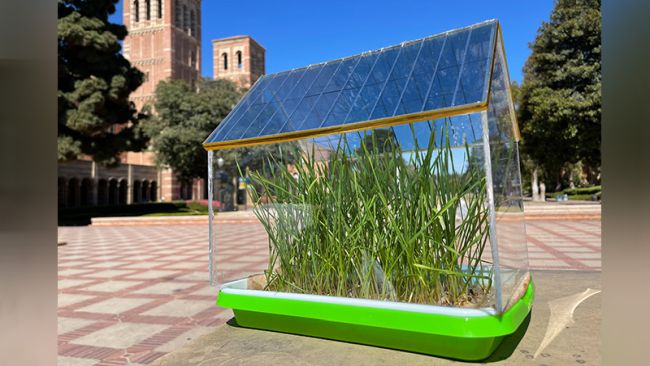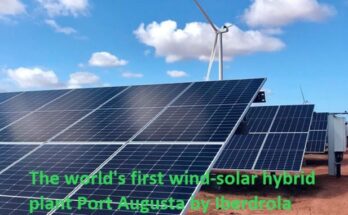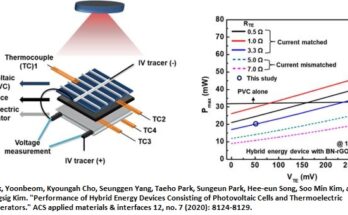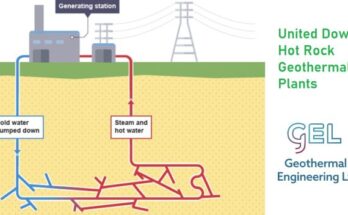On the Earth, solar energy is very abundant. For a long history, we have used solar energy in many ways, for example, we generate electricity, produce heat, grow plants with solar energy. With increasing efficiency of solar energy conversion, the more and more energy we are using is generated from solar energy source. But the solar energy harvesting still requires large land to install hundreds of thousands of solar panels to meet the demand more renewable energy. With current technology, solar panels are not transparent for sun rays to pass through. Therefore, the space occupied by solar panels cannot be used for other purpose. This is also a factor of increased cost in the portfolio of solar energy investment. Now, good news for changing this situation has emerged that a research team, Yang Yang Laboratory at UCLA have reported their latest outcome in creating semi-transparent organic solar panels. Their solar panels are capable of let the sunlight to pass through while absorbing certain parts of the spectrum for generating electricity. The new technology opens one door to the new field, Agrivoltaics, which studies the ways for simultaneous use of the land and for both solar power generation and agricultural operations.

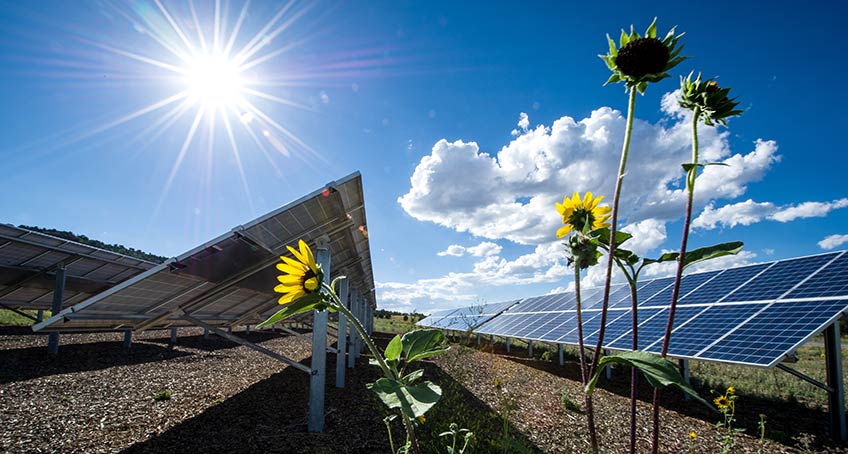
UCLA Samueli School of Engineering’s materials science research team led by Yang Yang has published their results on Nature. Their semi-transparent organic solar panel is made of organic carbon-based ingredients, rather than the traditional inorganic substances, such as silicon. According to their paper, they rely on a layer of L-glutathione which is commercially available as an over-the-counter dietary supplement. With this layer of L-glutathione layer, they found the organic solar panels get much extended lifetime, improved efficiency in energy harvesting and still allow adequate sunlight to pass through the solar panel to get to the plants in a small greenhouse setup.
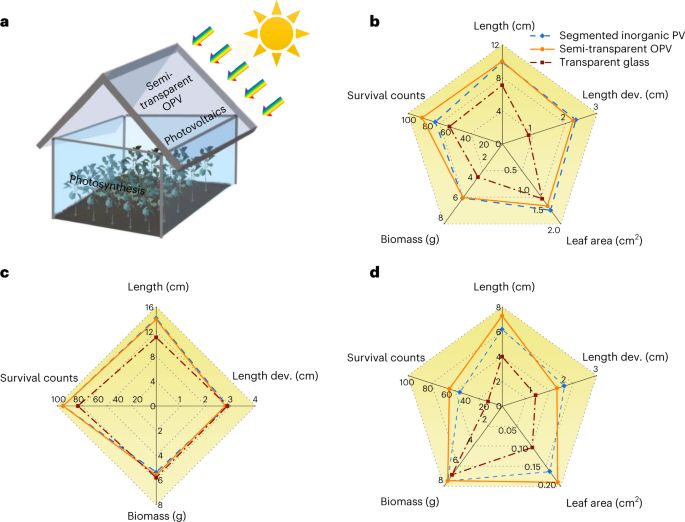
The solar panels made of organic materials without the added layer of L-glutathione tend to degrade as time being because of oxidation accelerated by the absorbed sunlight. By adding the L-glutathione layer, oxidation of organic materials is efficiently prevented and experimental results show the organic solar cells can maintain more than 80% efficiency after 1000 hours of continuous use. Without the L-glutathione layer, the efficiency can be as low as 20% under same conditions. The research team also found the crops in the greenhouse made of organic solar panel roof grew more than those in traditional greenhouse due to the use of the L-glutathione layer that blocks ultraviolet and infrared rays.
Reference
Zhao, Y., Li, Z., Deger, C. et al. Achieving sustainability of greenhouses by integrating stable semi-transparent organic photovoltaics. Nat Sustain (2023). https://doi.org/10.1038/s41893-023-01071-2
https://samueli.ucla.edu/ucla-engineers-design-solar-roofs-to-harvest-energy-for-greenhouses/

